From essays to interviews, excerpts and reading lists, we publish around 80 features a month. And though we’re proud of each day’s offerings, we do have our personal favorites. Below are some of our favorite pieces of writing from the month at CrimeReads.
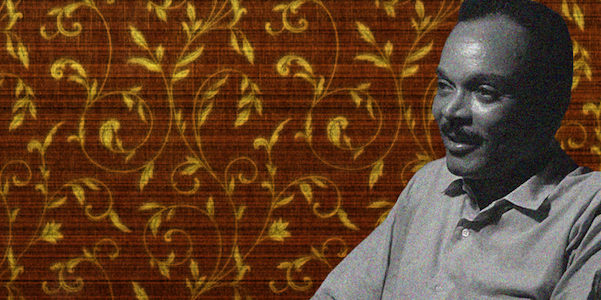
“Violence and Madness in a Lost Chester Himes Noir” by Michael Gonzales
Michael Gonzales guides us through the life and times of iconic mid-century crime writer Chester Himes, and looks at a lost Himes classic, Run Man Run. Gonzales also perfectly captures the subtle evolution in Himes’s work, from a surrealist portrait of crime and violence in midcentury New York to something darker and more sinister, a social realism that laid bare the evils of racism in northern cities and still resonates powerfully today. Himes is a particular favorite amongst today’s crime writers, but his legacy, like his work, is complex and multi-layered. It takes a skilled guide like Gonzales to put the man and the literature into context.—Dwyer Murphy, CrimeReads managing editor
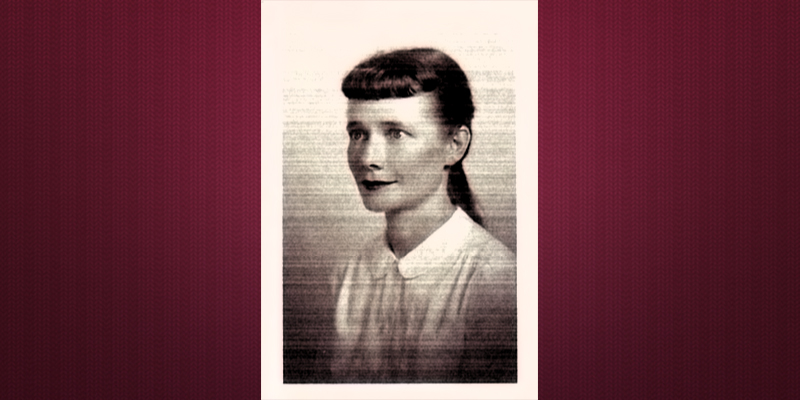
“Nedra Tyre: A Sweet Southern Lady’s Guide to Murder” by Sarah Weinman
Crime novelist Nedra Tyre mined her eclectic professional experiences—from teaching to social work to copywriting—to write sly and insidious murder mysteries that leveraged her understanding of human behavior and kindness, and upended demure pretenses. Start with A Nice Place to Stay, which “embraces the Southern Lady Code ethos and, in the nicest possible way, conveys the most murderous of desires,” and then check out Weinman’s edited anthology, Troubled Daughters, Twisted Wives, featuring short stories by women crime writers of the midcentury.—Camille LeBlanc, CrimeReads editorial fellow
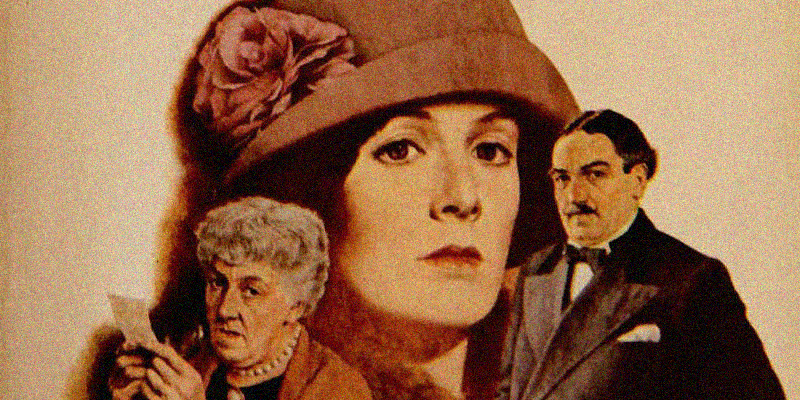
“The Profoundly Unsettling World of Agatha Christie” by Lucy Foley
In this brilliant piece, Lucy Foley upends our concept of the traditional mystery as cozy and, well, not disturbing. Foley’s words explain it best: “When we have a killer in a novel who is a psychopath or sociopath—the “mad axe-murderer” or the “evil genius” serial killer—they exist outside society. Their actions are about as predictable or explicable as an earthquake, a freak accident. Christie, however, tends to look at why ordinary, otherwise law-abiding people kill—and that, surely, is the more terrifying premise.”—Molly Odintz, CrimeReads associate editor

“Robert McGinnis: A Life in Paperback Art” by J. Kingston Pierce
It’s not every day one of the greatest cover artists in the history of crime literature turns 93, so you had to really savor this piece, a vibrant study of the life and art of Robert McGinnis, who put his stamp on so many iconic crime books and even earned himself the moniker of “pop culture Rembrandt.” J. Kingston Pierce is the perfect guide to McGinnis’s work and legacy, and his choices of book covers to highlight are a treat for any lover of crime fiction and paperback art.—DM
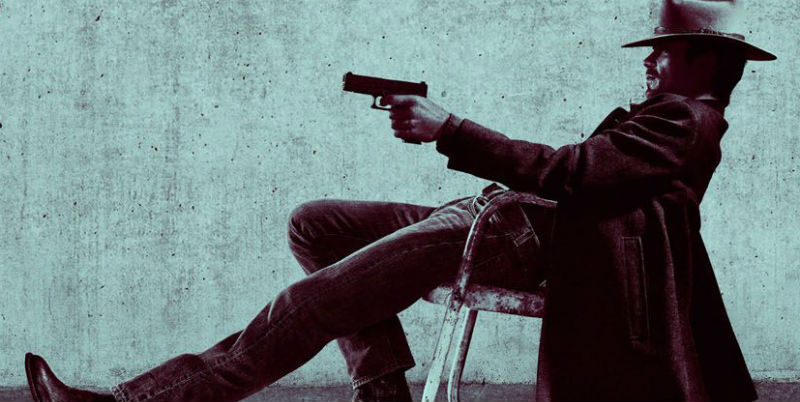
“The Underappreciated Genius of Justified” by Lisa Levy
Lisa Levy’s breakdown of the case for Justified as one of the high points of the era of Peak TV was exactly the crime TV think piece I wanted to read this month. These few lines sum it up pretty perfectly. “Family in Justified is both solace and a pain in the ass; it’s primarily people who will drag you down sooner then they will lift you up. Though the heart of the show remains the conflict between Boyd and Raylan and the slipperiness of who is an outlaw and who is a lawman, these larger criminal enterprises both enhance the rootedness of Justified and open it up to a larger world.” Equating family with criminal enterprises perfectly captures the genius of this show and what kept us coming back, season after season, knowing that most likely none of us would leave Harlan alive.—DM
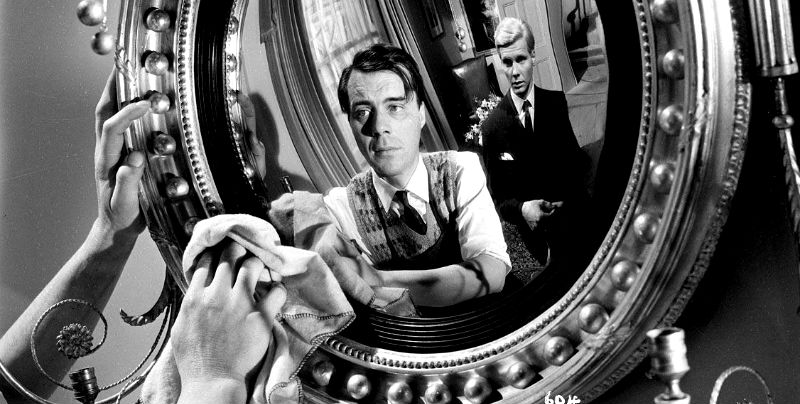
“The Dubiously Devoted Employer and the Less-Than-Loyal Servant” by Renee Knight
“The trusted and faithful one, so quiet and humble, chosen for their dedication, turns out to be the most dangerous person in the room.” From Iago to Mrs. Danvers, Eve Harrington to Louise from The Perfect Nanny, Renee Knight explores the complex relationship between servant and employer, and its enduring potential for co-dependency, manipulation, and subversion. In her new thriller, The Secretary, a devoted personal assistant—and the silent witness to over twenty years of secrets—is forced to account for her employer’s newfound misconduct. It’s really a wonder we trust anyone at all.—CL
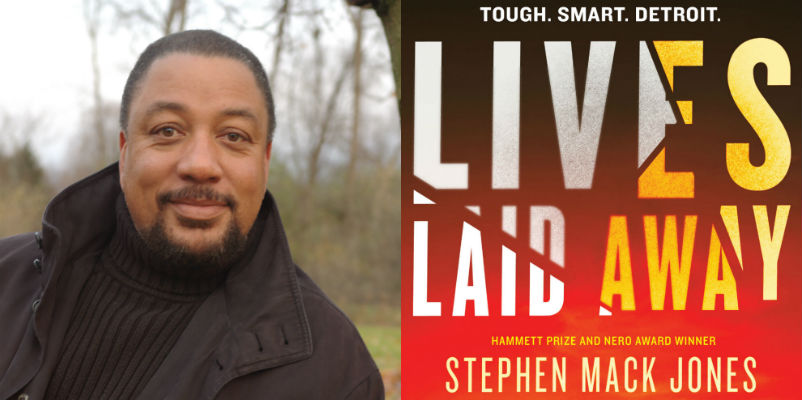
“Stephen Mack Jones on Detroit, Crime Fiction, and Working Class Heroes” by Dwyer Murphy
Stephen Mack Jones has got the whole CrimeReads office following his August Snow series, which we have decided heralds the return of the PI novel, and is also just plain great. In this interview, CrimeReads managing editor and Detroit enthusiast Dwyer Murphy interviews Stephen Mack Jones about his series and what his plot and characters reveal about a complex milieu. Also, did you know that Michigan has 3000 miles of coastline?!? That’s a whole lotta coastline…just saying.—MO
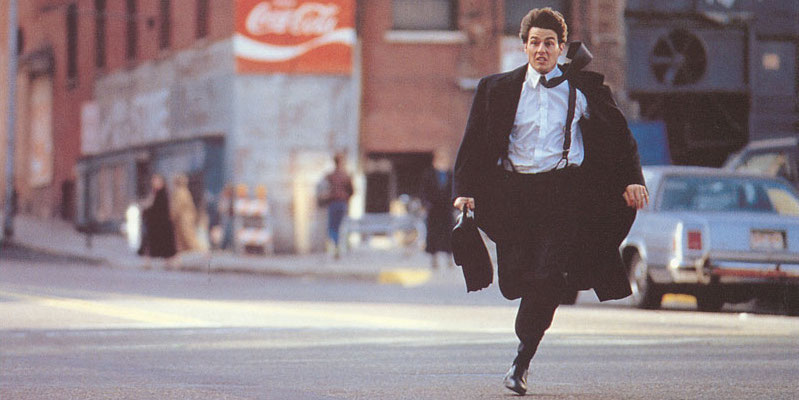
“The Workplace Thriller (Yes Your Office Is a Nest of Vipers)” by Michelle Frances
“The workplace is a brilliant arena for a thriller—your hopes, your dreams, your very livelihood can be threatened when things go wrong.” Michelle Frances rounds up some of the best workplace thrillers in this list that should absolutely not be read during your commute, lunch hour, or before a meeting. I’d also like to mention that the Lit Hub office is super duper functional and I’m only recommending this post because I love it, not because I find it all all relatable.—MO

“A Guide to Getting Over Heartbreak with Crime Fiction” by Matthew Turbeville
In this Valentine’s Day listicle, Matthew Turbeville recommends a dose of crime fiction as the best prescription for getting over the ills of heartache, in what’s probably a way better form of therapy through reading than all those self-help books. What makes crime fiction so good for heart-break? Because these are “books that assure us we can cry, and ache, and shudder in our pain, but show us that nothing is permanent.”—MO
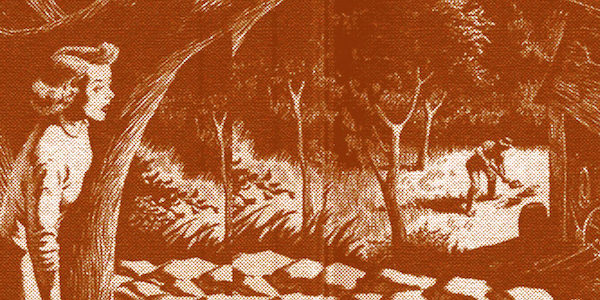
“How Five Favorite Childhood Mysteries Stack Up Today” by Hester Young
“If you’re a longtime fan of crime novels, you’ve probably already experienced the cringing feeling of a bad re-read”: So true, Hester, so true. Take a trip back to your childhood favorites with Hester Young in this compelling article about the vastly different experiences of reading as a child, versus reading as an adult. Some childhood mystery classics hold up surprisingly well, while others might be best left to the academics, rather than the children.—MO

















